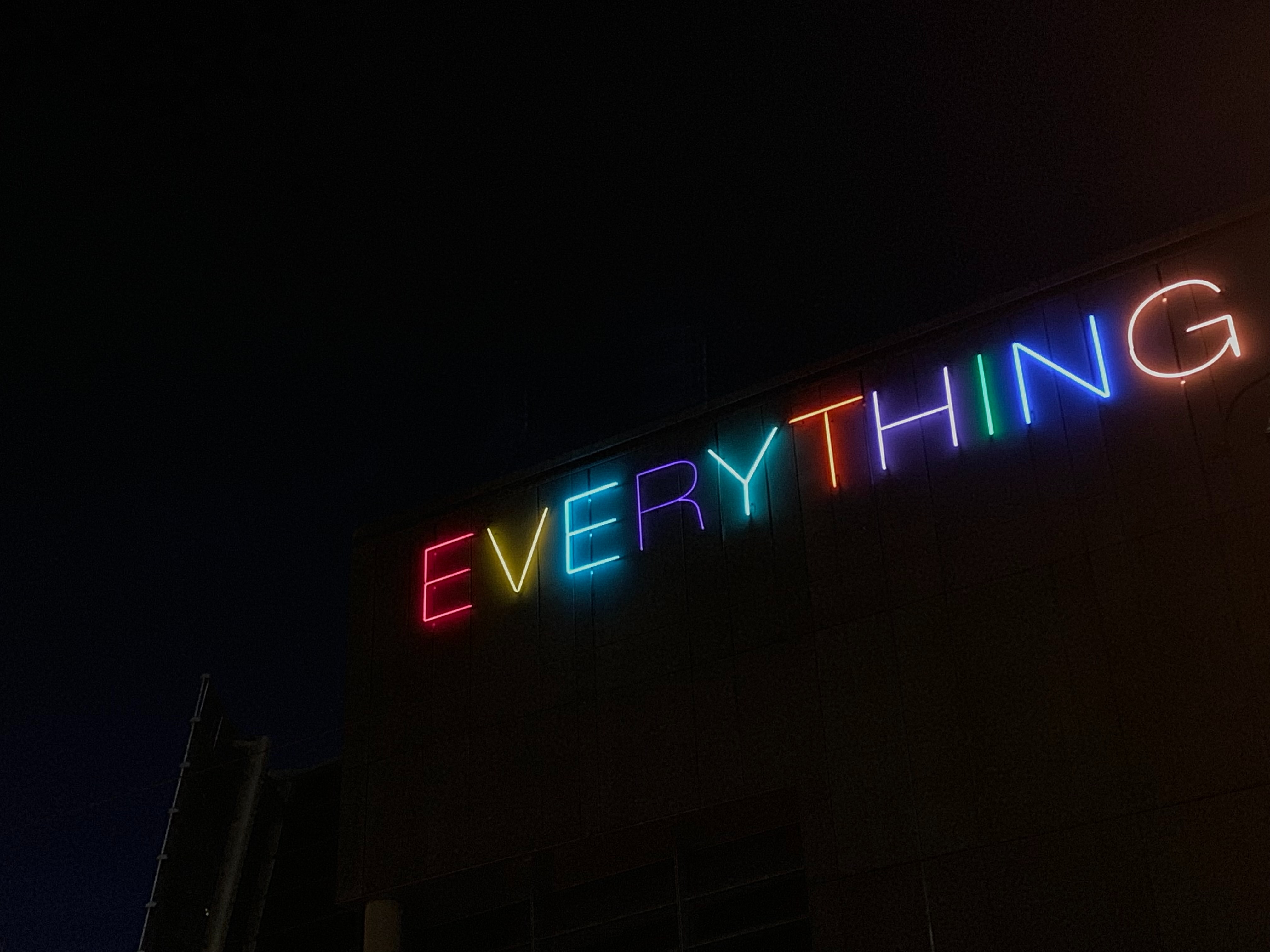A Guide To VAT For Self-Employed Professionals, published by Bambridge Accountants
The guide includes a summary of the common questions for VAT.
A Guide To VAT For Self-Employed Professionals, has been published by Bambridge Accountants.
This guide aims to inform self-employed professionals about VAT tax filing obligations, how and when to file, as well as how to register for VAT.
The information can be used by all tax filers.
The guide includes a summary of the common questions for VAT.
What Is VAT?
VAT (Value Added Tax) is a tax levied upon most goods and services that VAT-registered businesses provide in the UK. VAT is charged on about everything you buy VAT can also be charged on imported goods and services from the European Union.
Who Charges VAT?
VAT can be charged by any VAT registered business; this is known as a ‘taxable person’.
If you are a taxable person you are required to be VAT registered to charge for VAT. Therefore, if you are an individual, partnership, company, club, association, or charity then you need to register.
You must check if your taxable turnover (the total value of taxable supplies made by a person if the course of business, excluding VAT) is above the threshold, if it is above the threshold then you must register for VAT. Until you exceed the threshold for VAT, registration for VAT is optional.
When To Register For VAT:
· You register for VAT when your taxable turnover exceeds the VAT registration threshold in the previous 12 month period or less, therefore you need to monitor your taxable turnover during the 12 month period, not just the current tax year from April 6 to April 5.
· You also need to register for VAT if you expect that your taxable turnover is going to exceed the threshold within the next 30 days.
· If you are not VAT registered, then you will not be eligible to reclaim VAT (unless you are an overseas visitor).
· Not every self-employed business is required to be registered for VAT unless it exceeds the taxable turnover threshold:
The taxable turnover threshold for the 2020/21 tax year is £85,000.
· Businesses pay VAT every three months, quarterly, but filling in a VAT Return*.
· However, for self-employed people, such as sole traders or limited companies, this requires them, or their bookkeeper to maintain their accounts and make certain that their accounts are up to date quarterly.
· The self-employed often mistakenly believe that the threshold solely applies to companies and that they are exempt. HMRC is clear that the self-employed must take into account the VAT on everything they sell.
How Much Is VAT?
Goods and services charged at a standard, reduced or zero rates of VAT are known as ‘taxable supplies’. These are
· Standard - 20%
· Reduced - 5%
· Zero - 0%
How Does VAT Work?
· The VAT you charge to customers on your sales is known as ‘output tax’. This is because your sales go out of the business.
· The VAT that you have paid on your expenses, for example, your stock and equipment, to make your taxable supplies is known as ‘input tax’. This is because your purchases and expenses are going into your business.
· If you are VAT registered, your customers must pay you VAT and once paid you send it to HMRC, after you take away any input tax you can claim.
STANDARD VAT ACCOUNTING
Output tax – Input tax = tax overpaid or tax overdue
If your output tax is more than your input tax:
· Then you will have to send the remaining value to HMRC.
If your input tax is more than your output tax:
· Then you have overpaid VAT and will therefore have to send a VAT return* to HMRC to reclaim the VAT.
You cannot reclaim VAT that you have paid upon exempt goods and services.
What Is A VAT Tax Return?
· You send your VAT tax returns to HMRC if you are VAT registered, normally every 3 months.
· You show HMRC your sales and the VAT you have charged your customers.
· You also need to show your purchases and the VAT you are claiming for that period of the return.
Making Tax Digital (MTD) For VAT
Businesses with a taxable turnover that exceeds the 20/21 threshold of £85,000 need to sign up to Making Tax Digital keep digital VAT records and send HMRC returns using compatible software.
Making Tax Digital was put in place as the government plans to make the tax system more effective, efficient, and easier for customers to get their returns correct.
Sole traders (the self-employed) and landlords may choose to join MTD for income tax as this provides an alternative to the self-assessment tax return (system HMRC uses to collect Income Tax).
Contact Alistair Bambridge, alistair@bambridgeaccountants.com, 020 3797 1432.
Bambridge Accountants has offices in London and New York, specializing in U.K. and U.S. expats around the world and actors, writers, musicians and creatives. Providing an accounts and tax preparation service tailored for individuals with international and multi-country tax reporting.
Press release distributed by Pressat on behalf of Bambridge Accountants, on Saturday 31 October, 2020. For more information subscribe and follow https://pressat.co.uk/
VAT Self Employed Tax Taxes Self-Employed Flat-Rate Scheme Register For VAT Business & Finance Government Personal Finance
Published By

+1 646 956 5566
alistair@bambridgeaccountants.com
https://bambridgeaccountants.com
Visit Newsroom
You just read:
A Guide To VAT For Self-Employed Professionals, published by Bambridge Accountants
News from this source:


